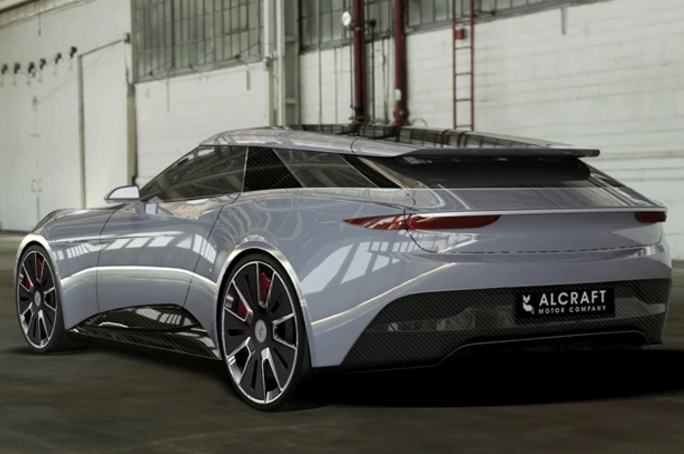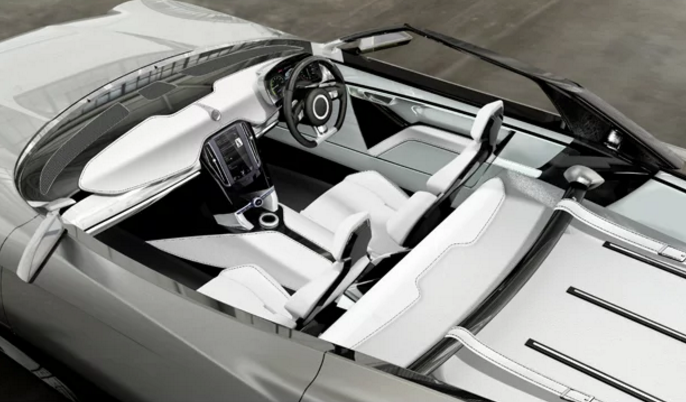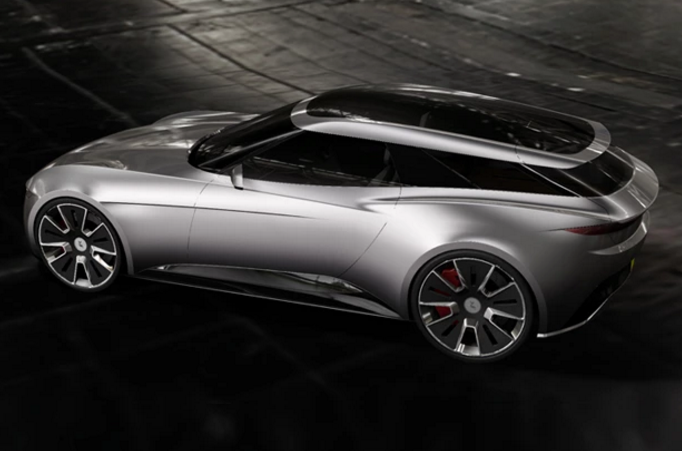
The GT’s three-motor, four-wheel drive powertrain will reportedly provide 840lb ft torque and 600hp, resulting in an estimated 0-62mph in 3.5 seconds. A T-shaped battery pack between and behind the car’s two seats promises a range of 300 miles. The cabin will feature a roof composed primarily of glass and a wraparound front screen, while the rear will contain a 500 litre luggage compartment. According to Alcraft Motor, production is scheduled to get underway in 2019.
“We want to build a British car company which brings together traditional skills and high technology for the emerging low carbon car market”, said company founder and managing director David Alcraft.

“We’re about combining great design, outstanding dynamics and the visceral thrill of electric powertrains to create products that are high in performance and desirability but very usable. We hope this will establish a niche for Alcraft Motor in Britain’s renowned specialist low-volume car industry.”
Alongside David Alcraft, the company’s core team includes Charles Morgan, previously of Morgan Motor Company, former Society of Motor Manufacturers & Traders (SMMT) CEO Christopher Macgowan, designer Matt Humphries, and ex-Toyota, Daewoo and Michelin senior executive Mark Carbery.
The company will be based at Silverstone, where it will work alongside engineering partner Delta Motorsport. Other partners include specialist British companies Sevcon and KS Composites, while Alcraft Motor says agreements are also in place with Continental and Michelin.

So far, the company has been entirely founder-funded, but Alcraft is now seeking outside finance to assist with the next stage of development, which will include building a prototype. As well as seeking private equity, a crowdfunding project has been set up on Indiegogo, with a flexible target of £600,000. The crowdfunding bands range from £10 to £25,000. Anyone partaking in the highest tier will qualify for a host of rewards, and will also receive a £25,000 discount on one of the first 15 cars produced. Those vehicles are provisionally priced between £130,000 and £145,000.




Swiss geoengineering start-up targets methane removal
No mention whatsoever about the effect of increased methane levels/iron chloride in the ocean on the pH and chemical properties of the ocean - are we...